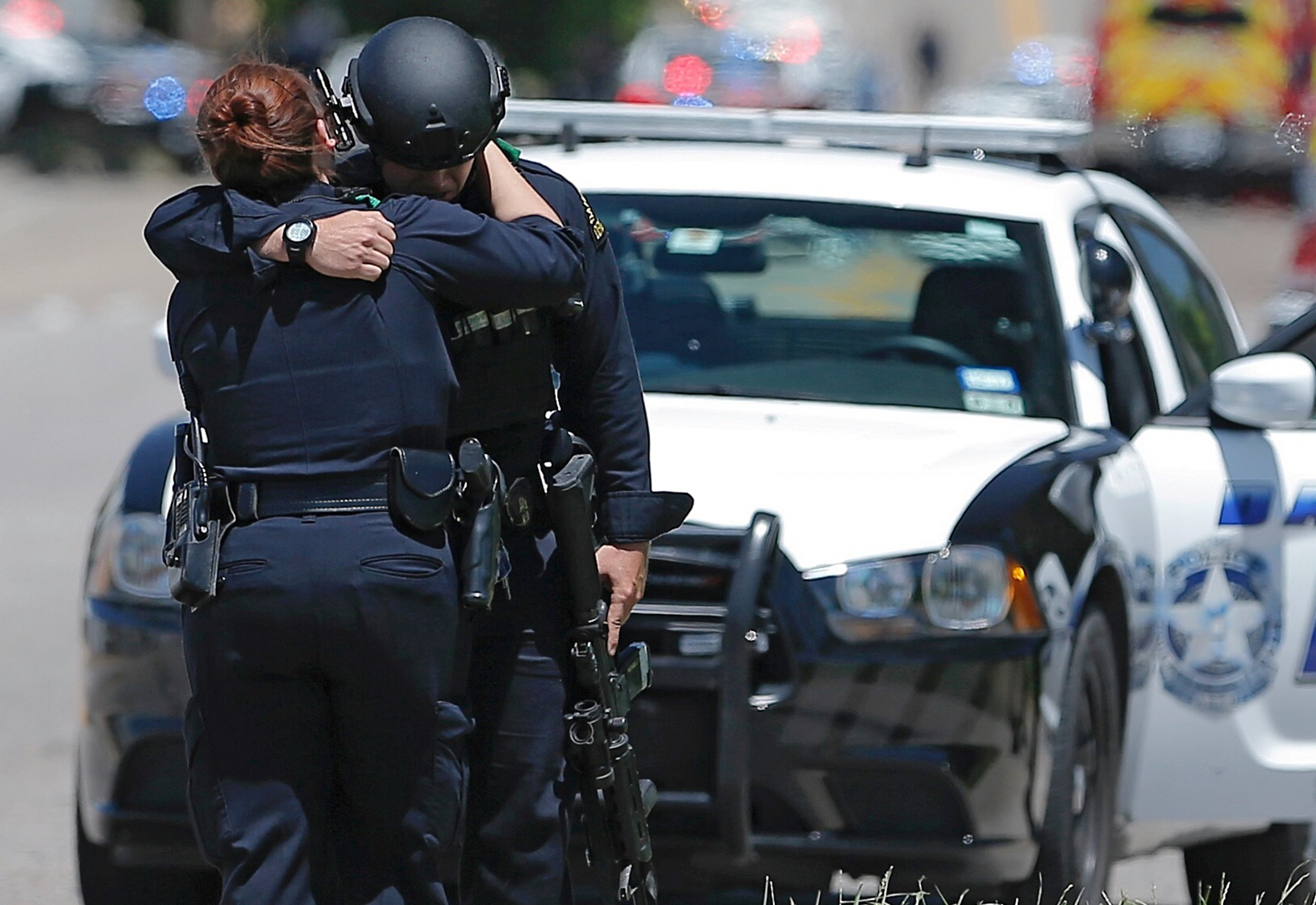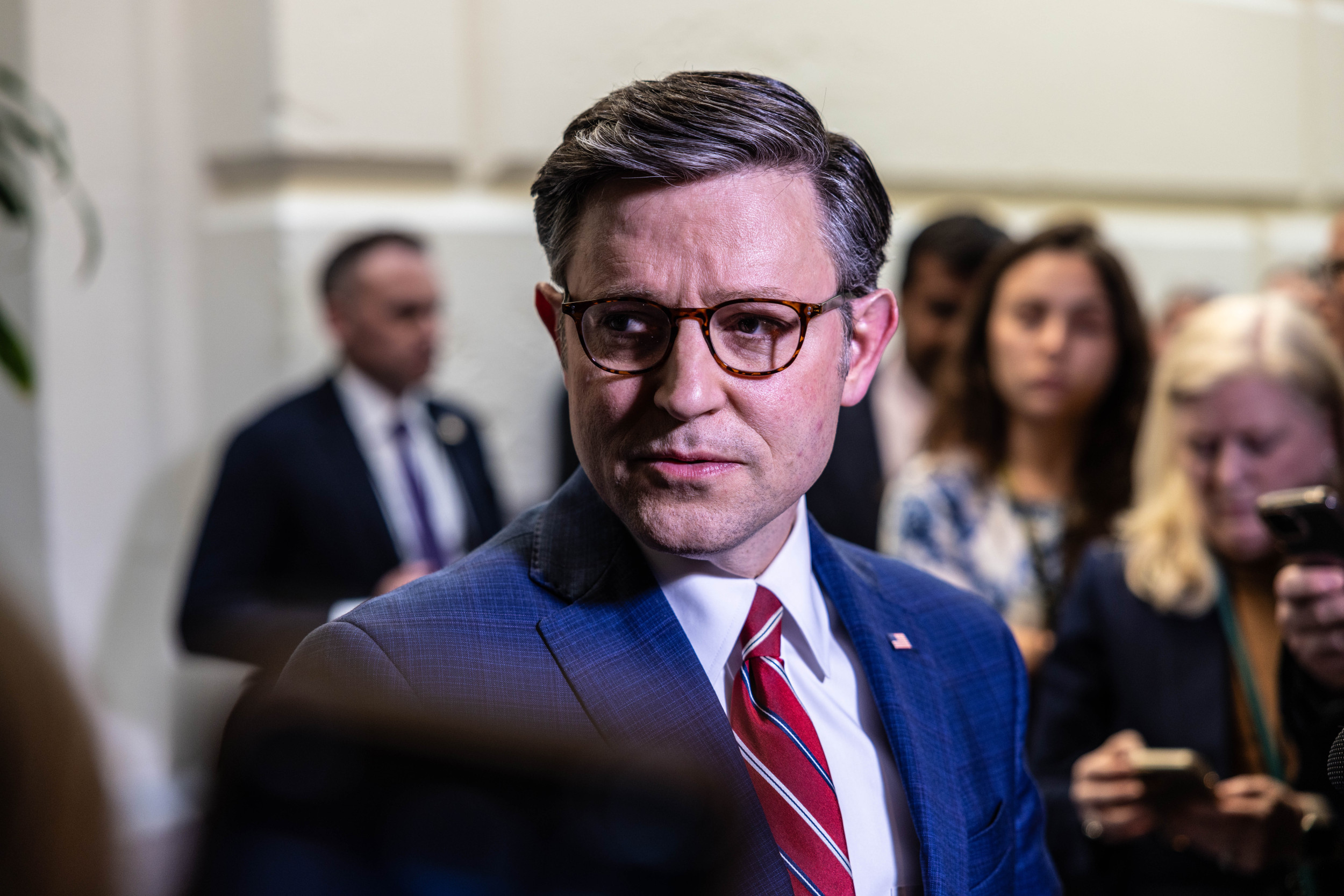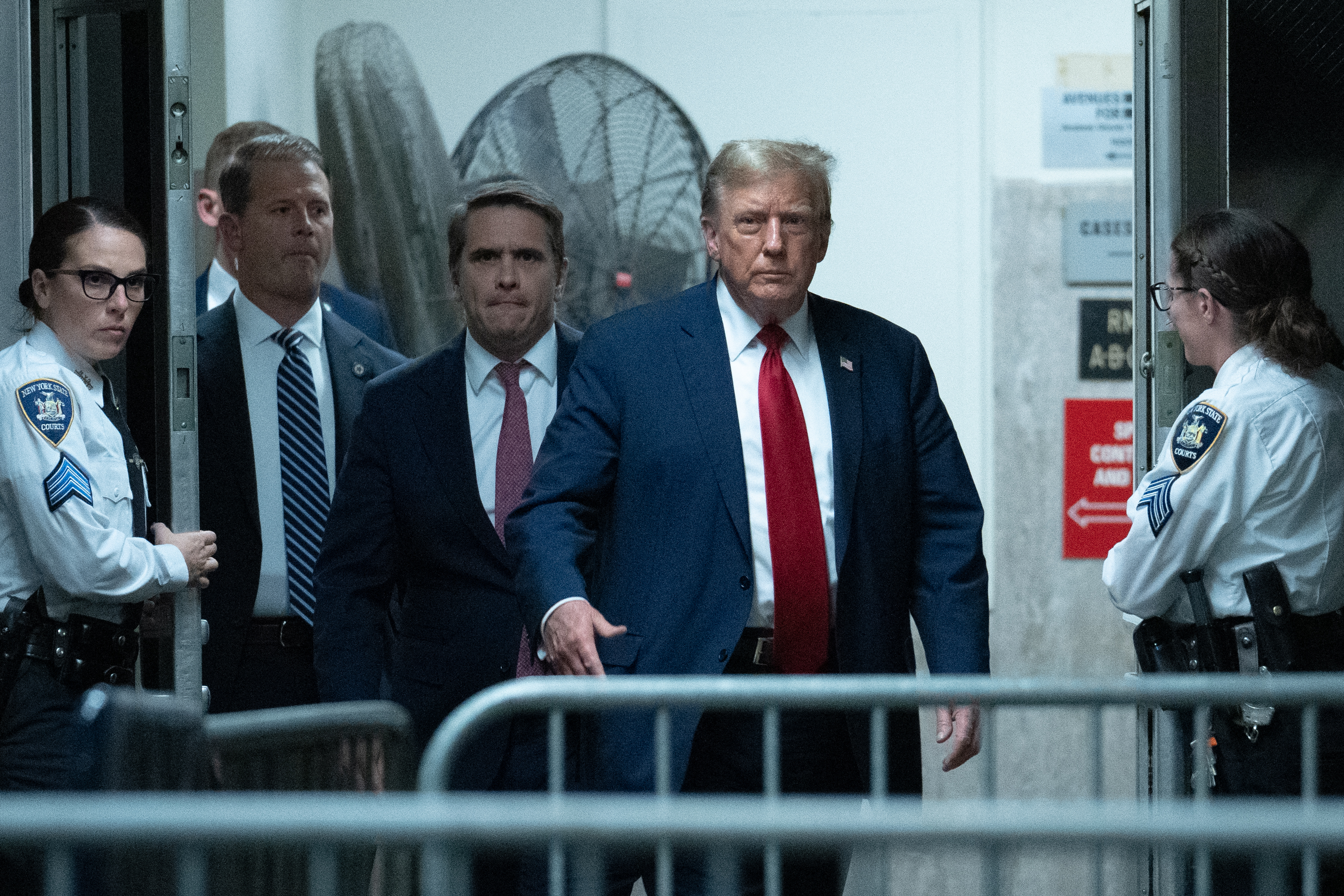
This article first appeared on the Just Security site.
The killing of Jordan Edwards last month [killed by a Dallas police bullet] should yield outrage. It should also serve as a wake-up to the rest of America.
I'm finishing a book on countries that recovered from pervasive violence. While war makes the headlines, citizen-on-citizen violence, ranging from all too common homicide to insurrection and Boko Haram-like groups, kill four times as many people as wars today.
Two factors serve as major catalysts for this kind of violence: Repressive policing and a failure to police at all. The United States is teetering on the edge of both mistakes.
We've been here before. In 1971, New York City's police shot someone every four days. The era's repressive policing, in which Southern police sometimes relied on the Klan for dirty work while the National Guard was called out to quell riots and protests in the North, contributed to the spiraling bloodshed of that time. Horrible as today's police shootings are, they have nothing on a year in which New York City alone would have accounted for a tenth of all police killings in the nation today.
Related: Texas Police Fire Officer Who Shot 15-Year-Old Jordan Edwards
But after 1971, a series of strong police commissioners cleaned up New York's force. Other police departments around the country followed. Deadly encounters with the police went into free fall for twenty years. The slow creep of war on drugs' policies and military equipment purchases changed police culture again – but it is possible to get better.
The U.S. can learn from its own history, and from countries like Colombia, Italy and even the Republic of Georgia.
In each country, the key to reform was awakening the middle class. Violence tends to hit the poor and marginalized the hardest – but it is the middle class that has the voice to make change.
That's a problem, because the middle class would often prefer to avoid the problem. Follow the rules, stay in good neighborhoods, don't wear "gangster" clothes and many people in the middle class believe – rightly, if their skin color is white – that they can avoid violence from police and other parts of society.
So the first lesson for organizers is to make it clear: Violence doesn't just happen to criminals. That's why Jordan's parents are so keen to prove that their son was an honors student.
The assumption that most killings are of criminals or people otherwise deserving of extrajudicial death is common. In Bogota at the height of drug cartel violence, the police chief told Mayor Antanas Mockus not to worry about high homicide numbers – it was just "criminals killing criminals."
In Mexico, when gunmen burst into a private home and murdered fifteen kids who had gathered for a supervised party, the President's first reaction was that the high schoolers were involved in crime.
Even Ida Wells, the greatest single anti-lynching advocate in the U.S., believed like most middle-class blacks of her era that those being lynched were criminals and rapists – until her good friend, a grocery store owner, was murdered by whites who correctly believed they had impunity.
The next lesson: to galvanize the middle class, movements have to include as many parts of society as possible.
One of the most successful movements of all time to alter a country in the grip of wealthy business elites and corrupt politicians into a true democracy was the Progressive movement in the United States. It included people fighting for women's rights and women who just wanted playgrounds for their kids. It included advocates for the poor – but also advocates of eugenics and anti-immigrant forces.
To pass immensely important legislation, progressive Democrats teamed up with Southern Dixiecrats who supported the most hateful forms of segregation. This is ugly, but real, history.
Activists should consider what a similar strategy would require today. Perhaps it would include collaborating with libertarians who don't want law enforcement to have the sort of powers they have now, with the pro-life Catholic Church and with conservative mothers who might have no other values overlap other than a shared emotion of horror at a dead child.
Successful movements in a democracy require reaching far outside the views one agrees with to form areas where there is some shared space.
Part of getting as broad a base as possible is concentrating on the goal. Labor unions, for instance, were crucial to the U.S. Civil Rights movement. (Goodwill coincided with self-interest: As long as blacks were forced to take any job they were given, they could depress wages and be used as strikebreakers.)
Related: Trump Is Wrong About Undocumented Immigrants and Crime
But unlike today's intersectional movements that embrace the goals of all marginalized peoples, labor unions didn't make the civil rights struggle about them. Doing so would have alienated people such as free-market businessmen who were just barely willing to support civil rights for blacks, but for whom supporting labor rights, too, would have been a step too far.
Proliferating causes so that reducing state violence requires people to embrace everything from LQBTQ to Palestinian rights is bad strategy. The more tough causes are added, the fewer people who will support the whole program.
Getting a broad coalition requires focusing many unlikely allies behind the same goal, not a small coalition to fight for many causes. That is not to say that the other goals are less important – it is to say that they are best addressed serially, as occurred with the civil rights, women's rights and gay rights movements, or risk not tackling any at all.
Third, movements have to get political – in that they need leaders willing to run for office, win and make change. From Medellin to Sicily to Tbilisi, reformers realized that to change an entrenched system of power required having their own in power. That meant movements had to have public leaders who could win votes, and it meant holding leaders accountable at the ballot box for making the changes they promised.
Finally, acknowledge that police are doing a tough, dangerous job – and that we all want to make it safer. In the 1970s, the scholar Hans Toch found that police who were afraid but couldn't admit it were more likely to use excessive force.
One of New York City's 1970s reforms was the creation of a Firearms Discharge Review Board that had to study every single case in which a police gun went off – from a police suicide to an accidental discharge. A glance at New York's most recent roster makes clear how dangerous it is to be a police officer, even in a city that has grown far safer in recent decades.
Empathy for the police may feel hard in the wake of a young boy's murder. But polarization is death to movements. In each country I studied, political polarization meant each side doubled down in justifying its own violence, leading to spiraling bloodshed. When the forces of "law and order" square off against those demanding "justice," as happened in nearly every country I studied, the fight is already lost.
Drew Westen, author of The Political Brain, has spent over a decade studying messages that work to overcome polarization and change the conversation. Only by finding arguments that connect emotionally with all s ides could activists make change.
Even the young lawyers who have collected reams of testimony on police torture and directed an expose of the Mexican justice system that became one of the most watched documentaries of all time in Mexico, call for empathy towards the police as one of the essential ways to make change. They should know, having been crucial to catalyzing Mexico's justice reforms.
Moreover, we need police. Bad as repressive policing is, failure to police also leads to a great number of deaths.
In Ghettoside, Jill Leovy traces how failing to put enough police resources into Watts, black neighborhoods in the South, and marginalized parts of other countries lead to gangs, vigilantism, and ultimately, far more killing at the hands of fellow citizens.
I've found the same in country after country. Fighting policing per se could lead to police feeling less willing to intervene in crime at all – which could have even worse effects on the violence facing all Americans, particularly young black men.
These are tough lessons. They require using emotional intelligence, rather than letting emotions overcome our intelligence. And they require tragic, distasteful choices.
But before we turn away from the challenge, we should look into the eyes of the parents of an innocent, dead, 15-year-old boy, and ask ourselves what we are willing to do to make his life matter.
Rachel Kleinfeld is a Senior Fellow at the Carnegie Endowment for International Peace.
Uncommon Knowledge
Newsweek is committed to challenging conventional wisdom and finding connections in the search for common ground.
Newsweek is committed to challenging conventional wisdom and finding connections in the search for common ground.
About the writer
To read how Newsweek uses AI as a newsroom tool, Click here.








